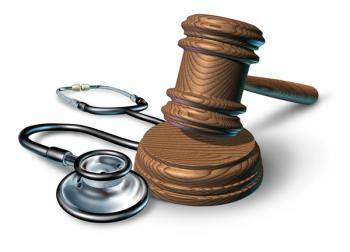
Organized psychiatry and psychology share a common acronym-APA. Some of our clinical work overlaps, but sometimes they differ in response to world events.

Organized psychiatry and psychology share a common acronym-APA. Some of our clinical work overlaps, but sometimes they differ in response to world events.

We are in the midst of a paradigm shift in the field, and new diagnostics and treatments that yield clinically significant improvement for the heterogeneous set of disorders known as schizophrenia are being developed.
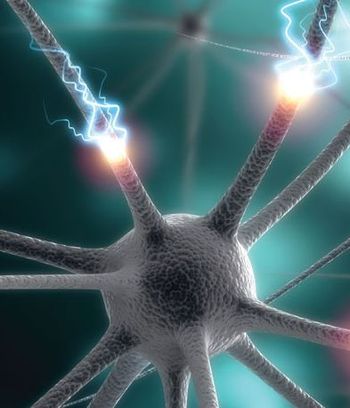
The need to stay up-to-date with the most current evidence-based information is becoming harder than ever. For this reason, the authors identify and evaluate published research that may have a direct bearing on clinical practice.

Loneliness, substance abuse, dating violence, and hopelessness, are just some of the risk factors for suicide, which remains the second leading cause of death for college students.

The author offers a brief commentary in response to feedback from readers of a previously published case.
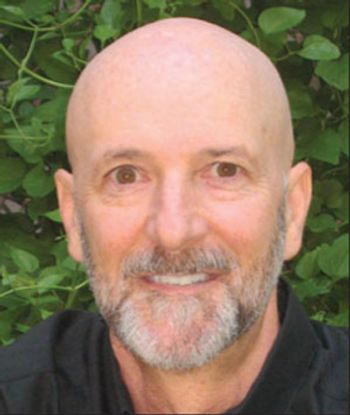
His new hip healed in, we’re working on a bluff, talking doctors and health care reform as we shove a new propane tank into place...

Psychiatrists who treat women and adolescent girls may find it necessary to discuss with their patients reproductive planning and the role of contraception in setting comprehensive treatment goals. Here's why.

Aggressive and impulsive behaviors in schizophrenia pose many clinical challenges. The best way to reduce the risk of aggression is with adequate treatment of schizophrenia.

This CME is intended to help differentiate binge eating disorder (BED) from other eating disorders and understand the mechanisms that may put BED into the realm of addiction disorders.

Like residency, the Tibetan Buddhist tradition of Sand Mandalas requires teamwork to accomplish a common goal. The group effort by both Sand Mandalas and residents results in a transformative experience.

A paradigm-shifting finding holds the potential to alter how we perceive brain-immune interactions for disorders like schizophrenia and Alzheimer disease. It would enable a more mechanistic approach to the study of the neuroimmunology of these and other disorders.

If forgiveness soon after trauma helps avert mental disorders or retaliation, how could the aftermath of the Charleston tragedy not end up being one of the great moments of forgiveness in history?

What impact do atypical antipsychotic agents have on the persistence of stimulant therapy in ADHD? Researchers sought to find the answer in a group of 40,000 children and adolescents.
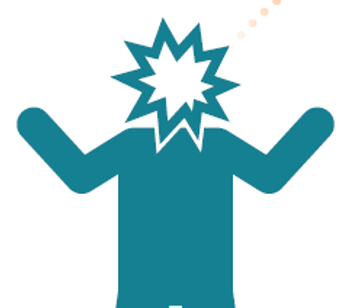
Combination buspirone and melatonin exert therapeutic cognitive effects that are distinct from their antidepressant effects, according to a recent study.
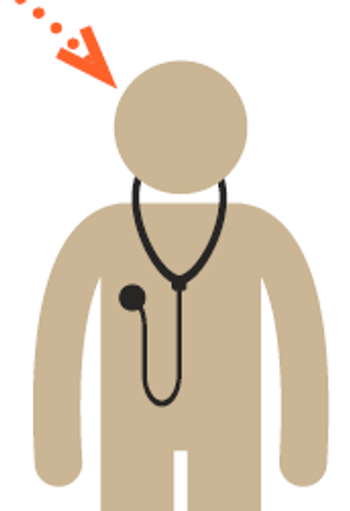
The major focus of effective therapy-to establish a healing relationship and to inspire hope.
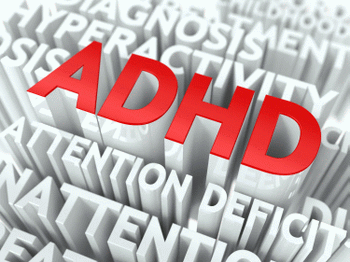
The rate of co-occurrence of ADHD and OCD has been reported to be as high as 60%. A question persists, however, on whether ADHD-OCD comorbidity is a true entity or whether symptoms attributed to one may be facets of a phenotype of the other.

Is prevention of bipolar disorder possible? What happens before a manic or hypomanic episode that identifies this illness? Researchers asked whether there are any signs or symptoms that predict later diagnosable bipolar disorder with reasonable accuracy.

Abnormal glucose metabolism may accelerate the age-related decline in hippocampal volumes in BD, according to one new study.

Do we really have another antipsychotic in the offing, one with a completely different mechanism than existing agents? Here: existing evidence regarding the effects of cannabidiol.

Playing helpless witness to a growing epidemic with no cure takes us back in time. The Hippocratics called it the “art” of medicine. It does not take a psychiatrist, however, to see that this “artful” approach frequently fails in public health crises.

Chronic health problems like diabetes only get worse with depression. New research shows the time is now to address both concerns.

Stress may be a common mediator in both obesity and depression. Here are the top 5 reasons to monitor obesity in depressed patients and practice psychoeducation on a routine basis.

Special Reports have long been a mainstay feature of the monthly Psychiatric Times issues, but this two-part report on cultural competence and diversity is unique in both style and content.
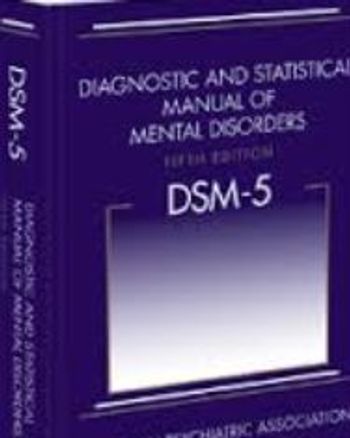
This evidence-based tool is composed of a series of questionnaires that assist clinicians in making person-centered cultural assessments to inform diagnosis and treatment planning.

The authors share a model for psychiatrists interested in collaborating with traditional healing and medicine.

Improving religious competence among clinicians is vital if everyday psychiatric care is to become truly person-centered.

I don't know of anything like the film, "Voices." See it if you haven’t, and recommend it to others, too.

The author of this book tells the story of the evolution of psychiatry from a place of skepticism and distain to its more recent emergence as a modern neuroscience.
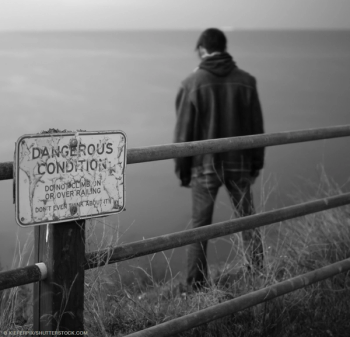
Several recent publications are informative to clinicians on the topic of suicide in children and adolescents. Some of the most salient findings are reviewed here.
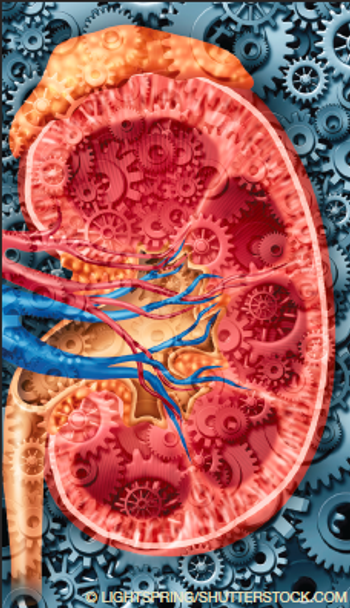
Renal failure is not an uncommon disorder either in the general public or in patients with psychiatric disorders, but accompanying depression, anxiety, and loss must be attended to during such an illness.